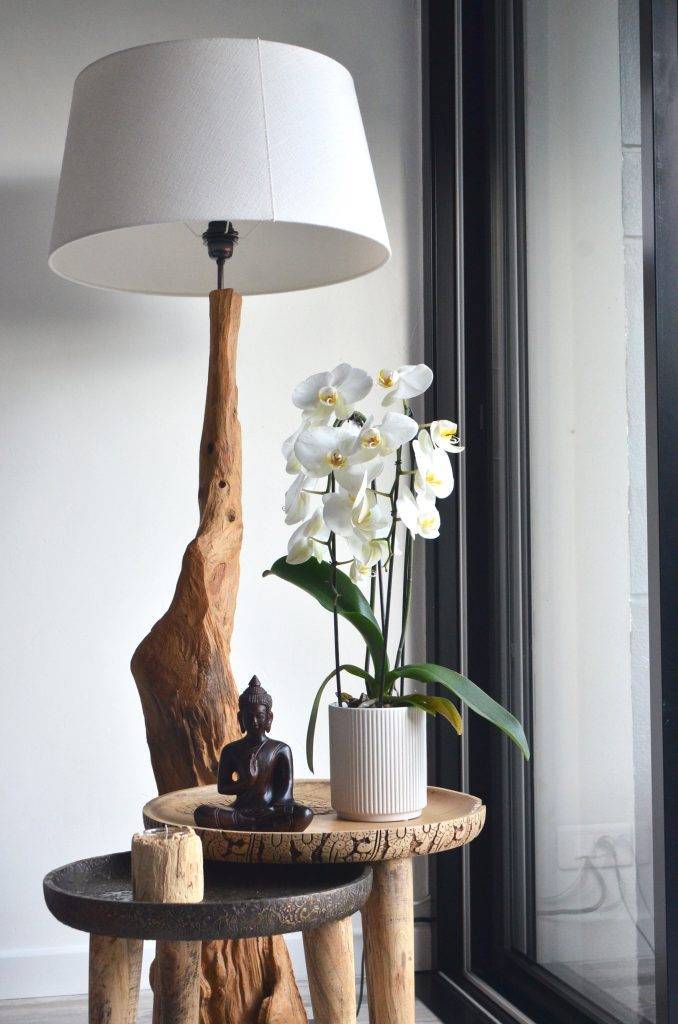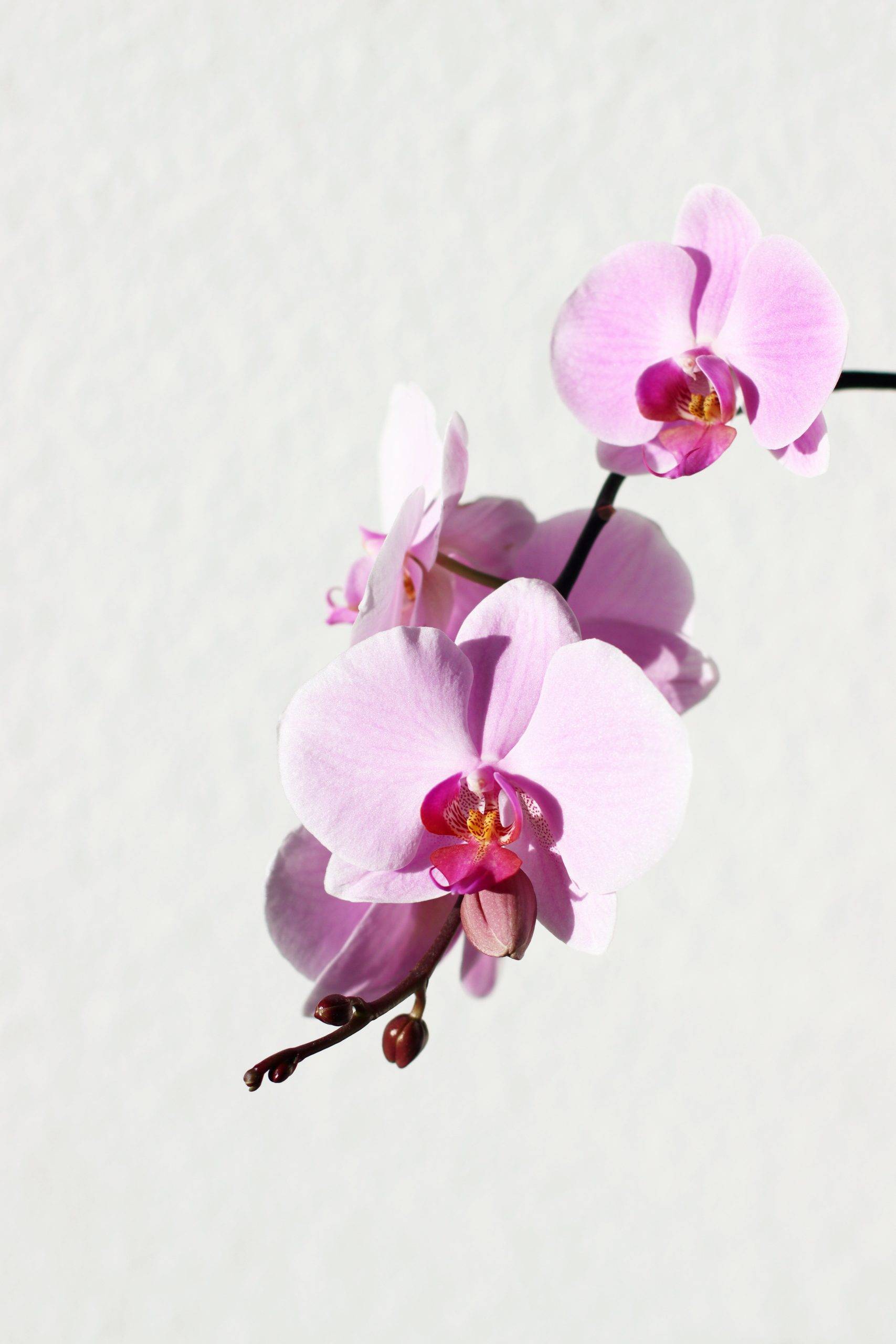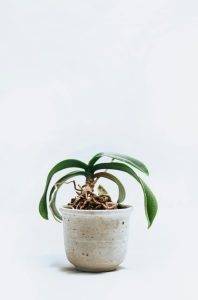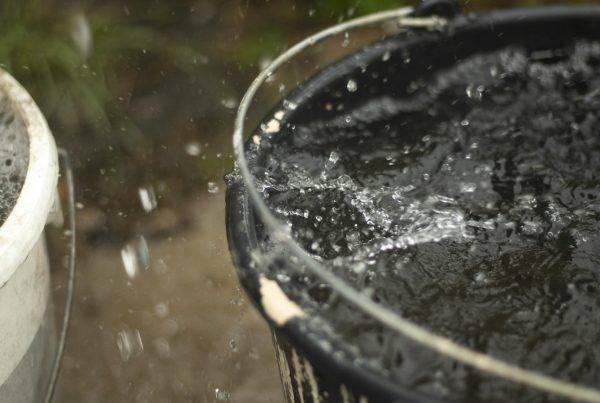 Phalaenopsis orchids, commonly known as “moth orchids,” are elegant flowering plants that can add beauty and grace to any space. Known for their vibrant colors and long-lasting blooms, these orchids have become a favorite among gardeners and flower enthusiasts alike. These beautiful plants can live for many years, and can bloom again and again, given the right conditions. However, caring for moth orchids can seem quite daunting, especially for beginners. In this blog post, we will provide an easy-to-follow guide on orchid care, ensuring your orchids thrive.
Phalaenopsis orchids, commonly known as “moth orchids,” are elegant flowering plants that can add beauty and grace to any space. Known for their vibrant colors and long-lasting blooms, these orchids have become a favorite among gardeners and flower enthusiasts alike. These beautiful plants can live for many years, and can bloom again and again, given the right conditions. However, caring for moth orchids can seem quite daunting, especially for beginners. In this blog post, we will provide an easy-to-follow guide on orchid care, ensuring your orchids thrive.
Light Requirements
Moth orchids prefer bright, indirect light. They thrive in windowsill locations with filtered sunlight. Avoid exposing them to direct sunlight as it can cause their leaves to burn. Remember to rotate the pot occasionally to allow even light exposure.
Humidity and Temperature
Phalaenopsis orchids are native to tropical regions, so they prefer warm and humid conditions. The ideal temperature range for these orchids is between 18°C to 27°C during the day and 15°C to 21°C at night. Keep them away from drafts or sudden temperature fluctuations, as these can affect their overall health and flowering.
Regarding humidity, Phalaenopsis orchids enjoy high humidity levels ranging from 50% to 70%. To maintain the desired humidity, consider using a humidifier.
Watering moth orchids
Potting Medium and Repotting
Phalaenopsis orchids should be potted in a well-draining medium that allows air circulation around the roots. Most commonly, a mix of pine bark and sphagnum moss is used. Avoid using regular potting soil, as it retains too much moisture and can lead to root rot.
Orchids should be repotted every two to three years or when the potting medium starts breaking down and losing its drainage ability. To repot, carefully remove the orchid from its current pot, gently untangle the roots, and trim off any dead or rotten ones. Place the orchid in a slightly larger pot with fresh potting medium, ensuring the roots are adequately covered but not buried.
Fertilizer for moth orchids
Orchids are heavy feeders and so require regular fertilizer. Use a balanced, water-soluble orchid fertilizer. Follow the instructions on the package, diluting the fertilizer to half the recommended strength. Fertilize once every two weeks, providing extra care during the active growth phase.
Conclusion
Phalaenopsis orchids are stunning and rewarding plants to care for, and with the right knowledge and attention, they can thrive in your home. Remember to provide them with adequate light, maintain suitable temperature and humidity levels, water them properly, select the right potting medium, and fertilize regularly. By following this care guide, you’ll be well on your way to enjoying the vibrant blooms and beauty of your Phalaenopsis orchids for years to come. Happy gardening!






